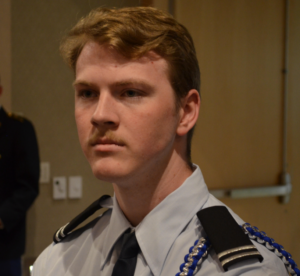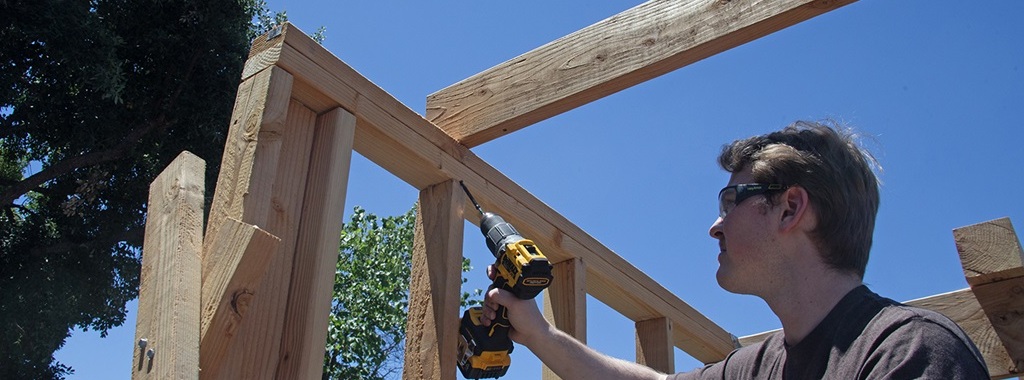Meet Tristan St. John, a mechanical engineering student from Colorado State University who joined Simpson Strong-Tie this summer as an intern at the Karen Colonias Research Lab in Pleasanton, California. His work involved assembling designs, selecting wood, and conducting tests using hydraulic presses. Tristan gained insights into the complexities of lab work and the importance of the various testing we do in our labs. The internship provided him with practical experience and exposure to a professional engineering environment, complementing his academic studies.

My name is Tristan St. John. I’m a mechanical engineering student at Colorado State University working as a research and development lab intern at Simpson Strong-Tie. I was drawn to engineering early on. Maybe it was because I love problem-solving and math, or maybe it was because I like Legos, who knows? I’m going to be a super-senior next year, so I’ve already completed most of my coursework in manufacturing, materials, dynamics, and other major subjects, except for senior design. Our internship is the capstone of the engineering major at CSU. When I began the internship, I thought I would be building stuff and breaking it. Fortunately, I was right.
Working in the lab was actually a bit more complicated than that. Initially, engineers would send us a write-up. This consisted of the manufactured part they’d designed plus drawings illustrating how to set up a test in the hydraulic press for them. However, before we could assemble their design we needed to find good wood. Finding wood that has a good grain structure and the right specific gravity (density) is important. This will get the highest values for pressure on the tests.

Once some good wood has been found, the part can be assembled. After that, the object is placed on the test bed and fastened down. Then the test is run until either the part itself fails or other elements of the structure fail. If the part breaks before the rest of the structure, that will let the engineers know the maximum load for the part. However, sometimes the surrounding structure fails before the part does. This provides useful safety information. Ensuring that a safe failure occurs is also important. It’s very exciting to hear the loud crack that can occur when the part fails, but everyone else in the lab seems to be pretty used to it.
The crew in the lab work together like a lean machine. There aren’t many of us, but we get the job done. A few of them test, and a few of us build. It’s a super-supportive environment. Whenever I have a question, I feel like I can ask it. If I make a mistake, we just fix it and keep moving forward.

All this experience has been a great education for my future career as an engineer. In school, 90 percent of work is listening to lectures and studying. I’ve had a few hands-on classes, and a few of those allowed me to do experiments in an actual lab. But this job gave me first-hand knowledge of what it’s like to work in a lab. I now know about how even seemingly simple tests are complicated to design and set up and take a lot of time to run correctly. If there’s one thing I’ve learned at school, it’s that computer testing and calculations are always flawed. There are too many things that can happen in the real world. This makes actual testing much more important.

In the lab, I was also thrilled by the work environment. Everyone is so friendly and fun to talk to. We’ve also had tons of food brought in for lunch, and since we’re all working together onsite, we always share. If you’re interested in engineering, I highly recommend getting hands-on experience in your industry. An internship is an excellent way to do that. Stay curious, and always keep your head on a swivel for opportunity.




